Penn Station
Introduction
Text-to-speech Audio
Images
The first official building Pennsylvania Train Station.
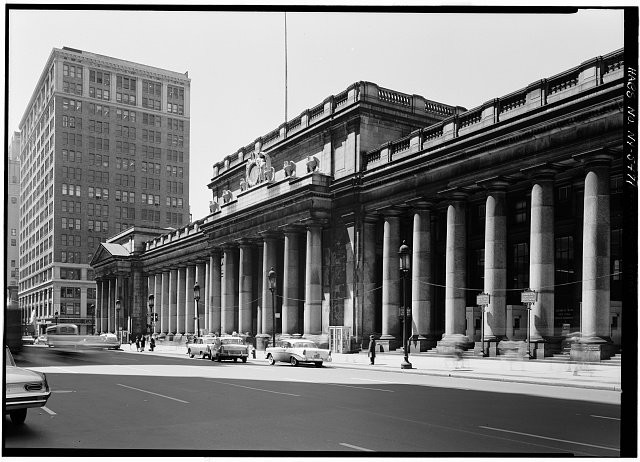
Inside of Pennsylvania train station
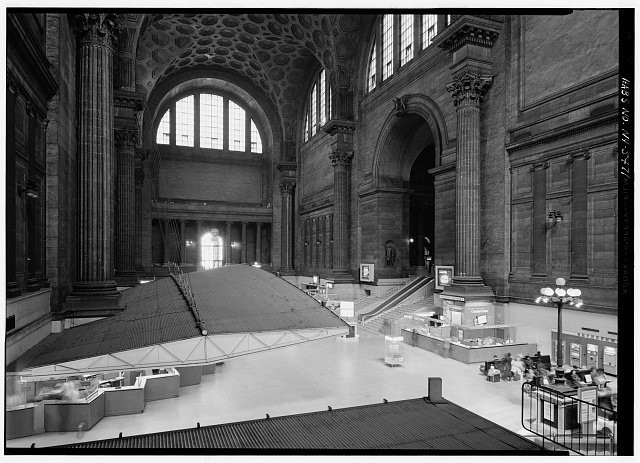
The high and lighted ceiling between 1904 - 1910
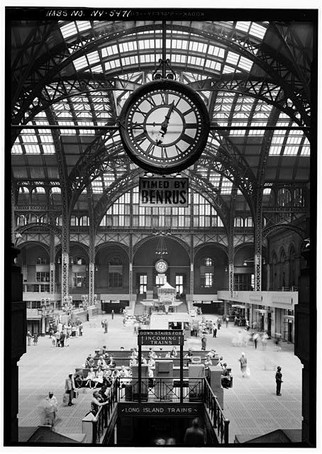
What the ceiling looks like at present,
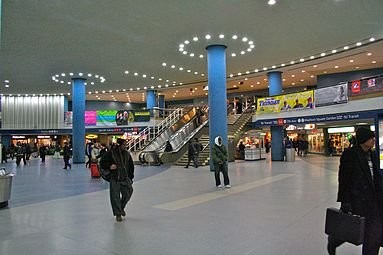
Penn Station railroad tracks.
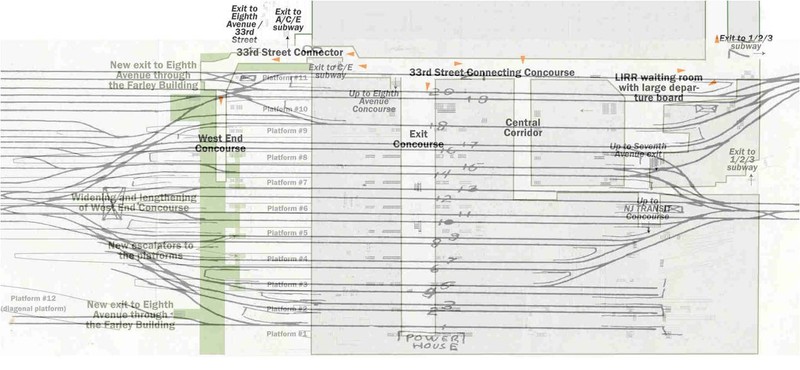
Backstory and Context
Text-to-speech Audio
In 1945, during World War II, Penn station was at its peak, and served more than a million people on a daily basis. In 1947, the train station declined due to construction of the interstate highway system, and reported a tremendous operating loss for the first time. Pennsylvania Railroad sold the station rights to real estate William Zeckendorf in the 1950s. Demolition on the station began in 1963.
The new Penn station is entirely out of sight from the street; it sleeps beneath the Madison Square Garden on 33rd street and two Penn plazas. The station spans three-levels underground with the concourses located on the upper two levels and the train platforms located on the lowest level. Two original levels of the concourse have been renovated and expanded. The tracks and platforms are original except for newer track connection to the west side rail yard and the Amtrak empire corridor which serves Albany and Buffalo. There are three new added areas which serve Amtrak, NJ Transit and LIRR. On a daily basis, Long Island Rail Road transports approximately 233,340 commuters, the New Jersey transport about 93,300, while Amtrak serves approximately 28,487 passengers.
Cite This Entry
Javern and Amanda Shaver. "Penn Station." Clio: Your Guide to History. December 15, 2018. Accessed March 20, 2025. https://theclio.com/tour/116/15
Sources
New York. Penn station,NY. . Accessed December 07, 2018. http://www.greatamericanstation.com/NYP. AmtrakRichard, Reeves. Penn Station Dust and Turmoil. Demolition and Renovation. July 14, 1966. Accessed November 28, 2018. http://www.nytimes.com/1966/07/14/archives/at-penn-station.
National Park Service. nps.gov. April 15, 2008. Accessed November 27, 2018. http://npgallary.nps.gov/assetNRIS/5001138.

